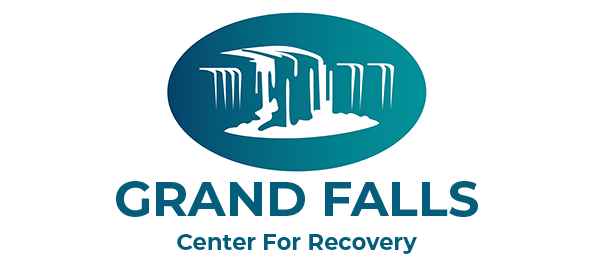In the opioid epidemic, fentanyl contributes significantly to overdose deaths. Fentanyl is a synthetic opioid that’s more potent than morphine. It’s used in clinical settings including hospitals to treat severe pain and is also available on prescription. Unfortunately, most of the fatal fentanyl-related overdoses are linked to illicitly manufactured fentanyl.
Given its potency, fentanyl is not only highly addictive but also deadly. Recognizing the signs of a fentanyl overdose and knowing how to respond swiftly can be crucial in saving lives. Here are 6 signs of fentanyl overdose to look out for:
- Respiratory distress – Individuals who have overdosed on fentanyl may have slow or shallow breathing, breathing difficulties, or may even stop breathing completely.
- Pinpoint pupils – Fentanyl use can cause pinpoint pupils where the pupil becomes constricted. This distinctive pupil size in conjunction with other signs may suggest a fentanyl overdose.
- Loss of consciousness – A fentanyl overdose can make an individual unconscious or unresponsive to external stimuli such as loud noises or gentle shaking.
- Vomiting or gurgling sounds – Those who’ve overdosed on fentanyl may vomit or produce gurgling sounds due to a compromised airway. This is especially serious because if unconscious, the individual may inhale the vomit leading to further respiratory distress.
- Discolored skin tone – Lack of sufficient oxygen due to respiratory distress can result in a bluish or greyish tint to the skin, especially around the lips, fingertips or extremities. This is an indication of severe oxygen deprivation.
- Weak pulse – A slow or weak pulse is another alarming sign of a fentanyl overdose. It indicates a stressed cardiovascular system which can quickly lead to life-threatening complications.
How to Help in Case of a Fentanyl Overdose
Call 911 immediately. Time is of the essence when responding to a fentanyl overdose. During the call, provide the operator with accurate information about the situation including the individual’s condition and drug use history.
Administer naloxone if you have it. Naloxone can rapidly reverse the effects of a fentanyl overdose. It’s available as an injectable or nasal spray. Ensure you follow the instructions provided with the naloxone kit.
Try to keep the person awake and breathing. Make sure their air passage is clear and they’re breathing well. If not, start rescue breathing until paramedics arrive.
Provide comfort and reassurance. Stay calm and offer comfort and reassurance to keep the person calm as well.
Stay with the person until emergency services arrive. Remain with the person until emergency services arrive. Monitor their vital signs and avoid leaving them alone as their condition can rapidly change.
Hope for Recovery
Dealing with a fentanyl overdose can be overwhelming both for the individual and their loved ones. At Grand Falls Center for Recovery, we understand how devastating it can be. That’s why we encourage those struggling with opioid addiction to seek professional help to beat their addiction. Our addiction treatment center in Missouri provides various individualized treatment programs and a continuum of care from detox to aftercare services. Get in touch with us if you or your loved one is struggling with addiction and we’ll be happy to provide a path to lasting sobriety.

